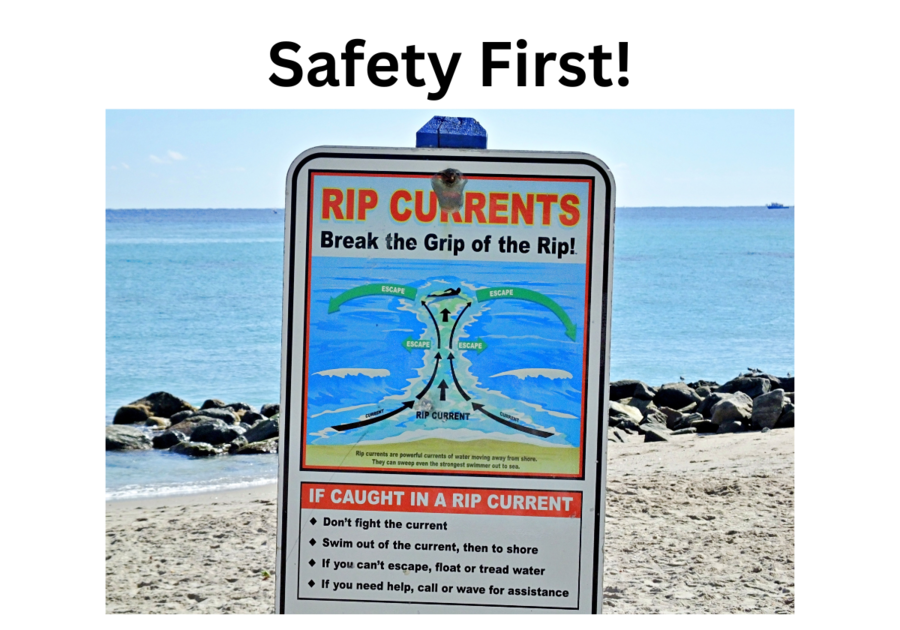Prepare kids with ocean safety!
According to the National Ocean Service, rip currents account for more than 80% of rescues performed by surf beach lifeguards, and an estimated 100 people die each year due to rip currents. As a parent, it is essential to understand the dangers of rip currents and teach your children how to survive them while swimming in the ocean.
First and foremost, educating your children about rip currents is vital. Explain to them that a rip current is a powerful, narrow channel of fast-moving water that can quickly pull swimmers away from the shore. It is not a wave, and it is not a tide. Ensure they understand that panicking and fighting against the current will only tire them out and make it harder to escape.
Next, teach your children how to identify a rip current. Look for a channel of churning, choppy water, an area with a noticeable difference in water color, or a line of foam, seaweed, or debris moving away from the shore. If they see any of these signs, they should avoid swimming in that area.
If your child gets caught in a rip current, remember to stay calm and not fight against it. Instead, they should swim parallel to the shore until they are out of the current. Once they are out, they can swim back to shore at an angle.
In addition to educating your children about rip currents, your vigilant supervision is also crucial while they are swimming in the ocean. Ensure they are within your line of sight and that they are following safety protocols. If possible, choose a beach with lifeguards on duty and encourage your children to swim in designated areas. Your active supervision can prevent potential dangers and ensure their safety.
Remember, teaching your children how to navigate rip currents can save their lives. By understanding the dangers and knowing what to do in case of an emergency, they can enjoy swimming in the ocean safely. Don't let your child become a statistic – empower them with knowledge and make sure they are prepared before heading to the beach. Your proactive approach can prevent potential accidents and ensure their safety.



